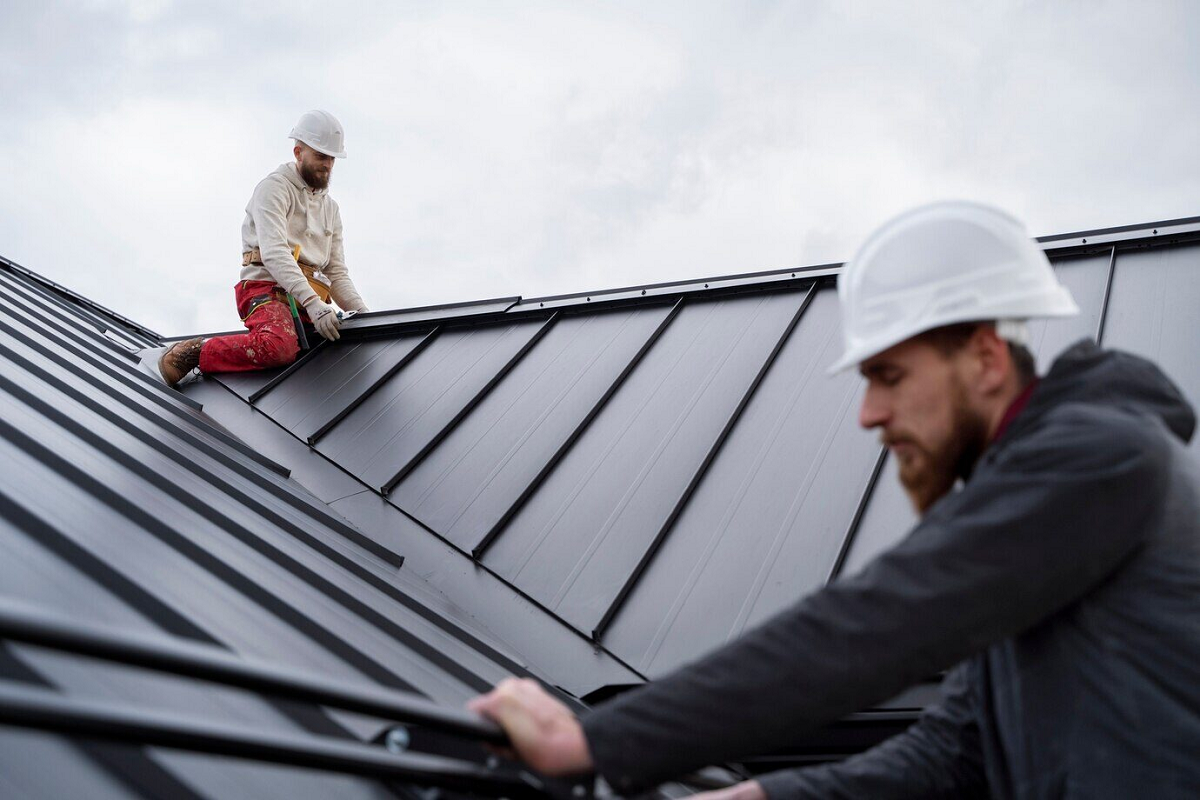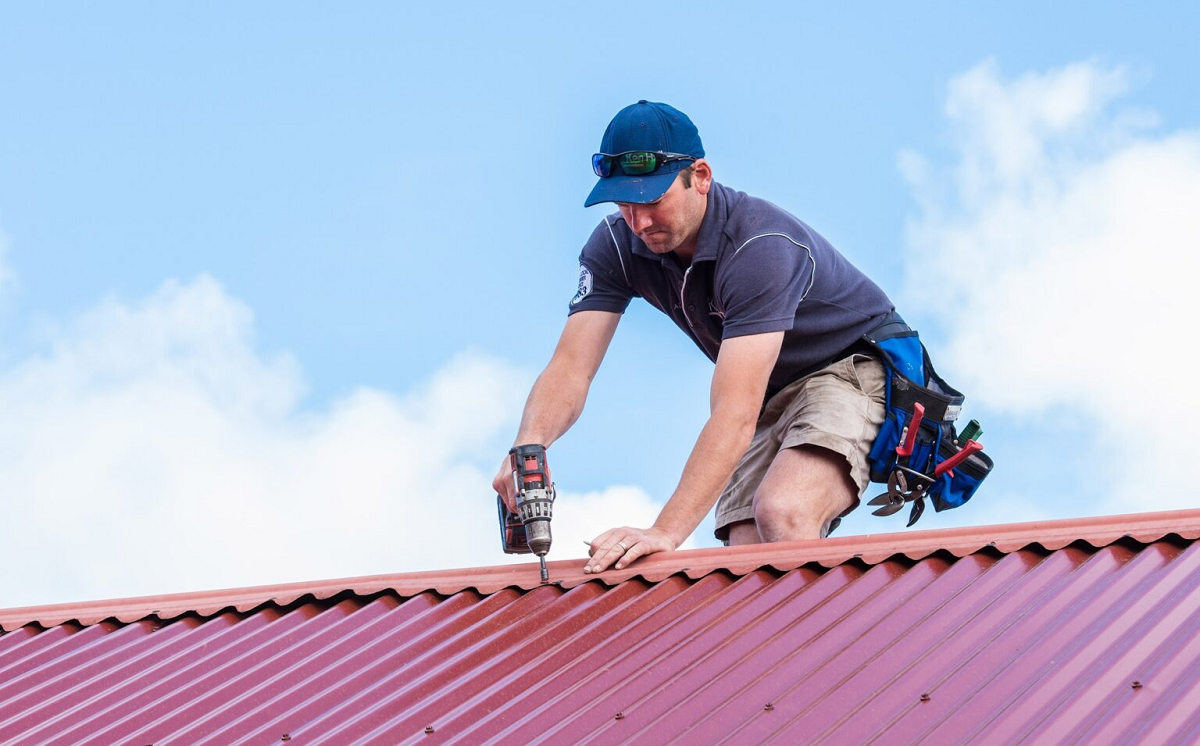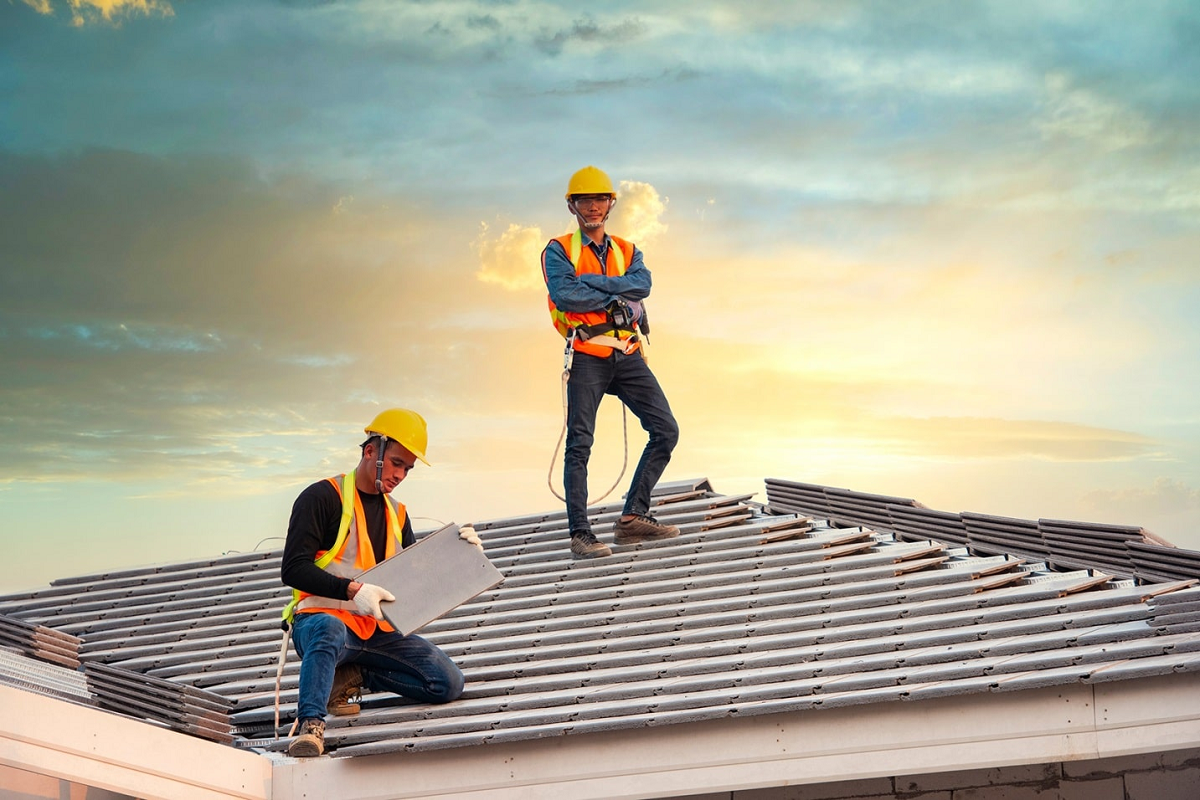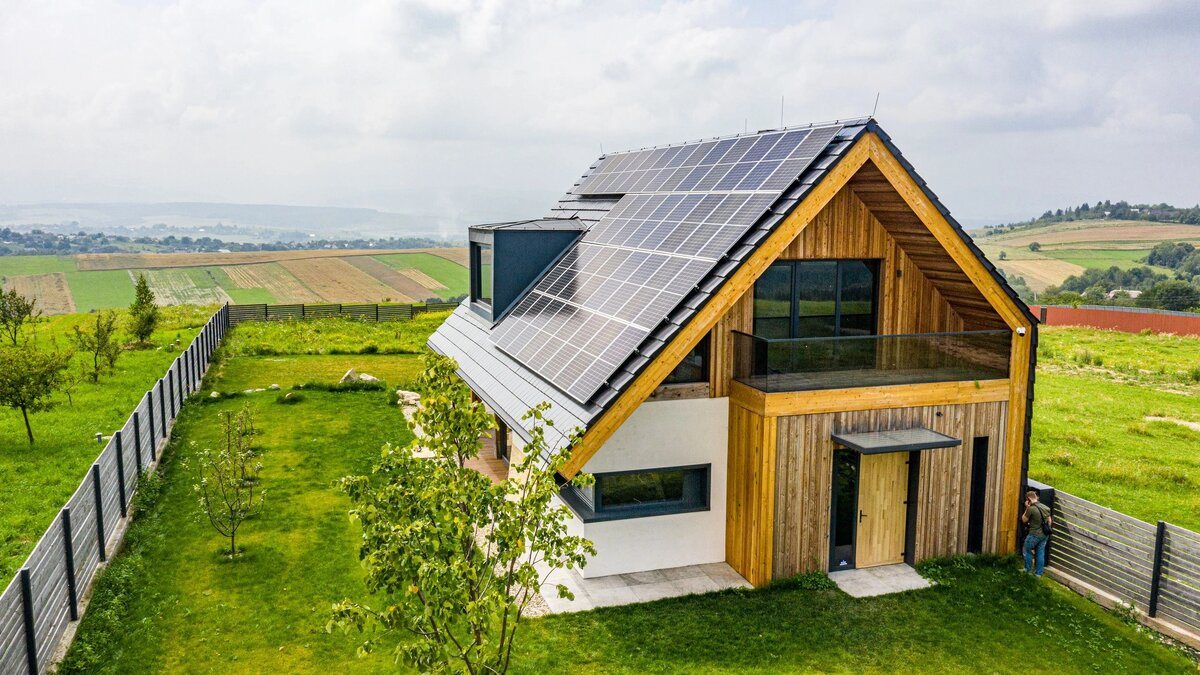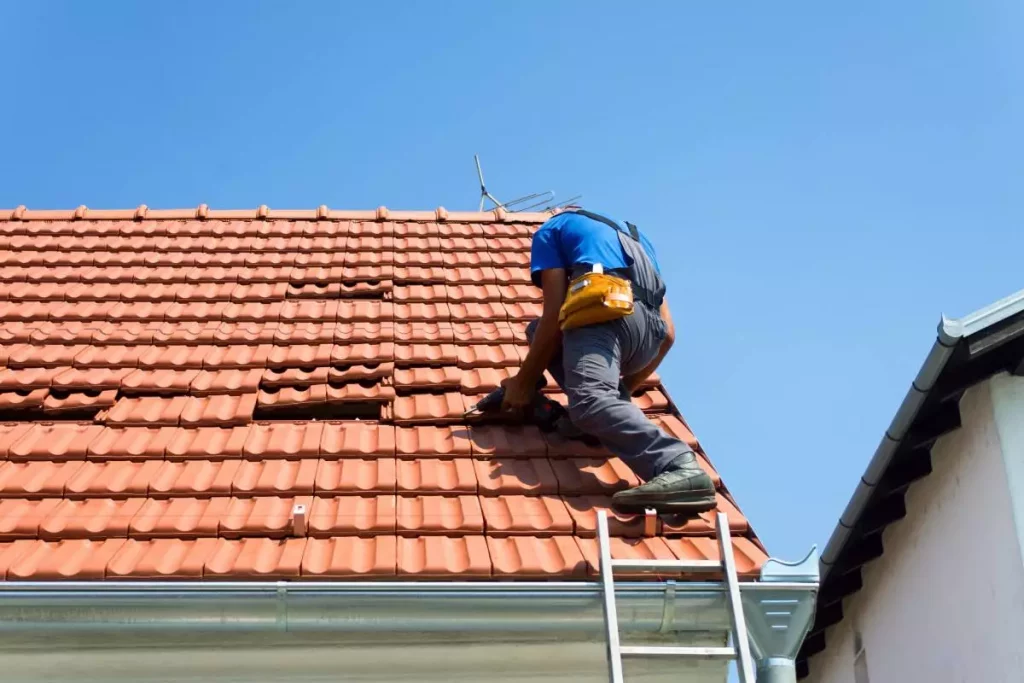The Impact of Weather on Your Roof Replacement Timeline
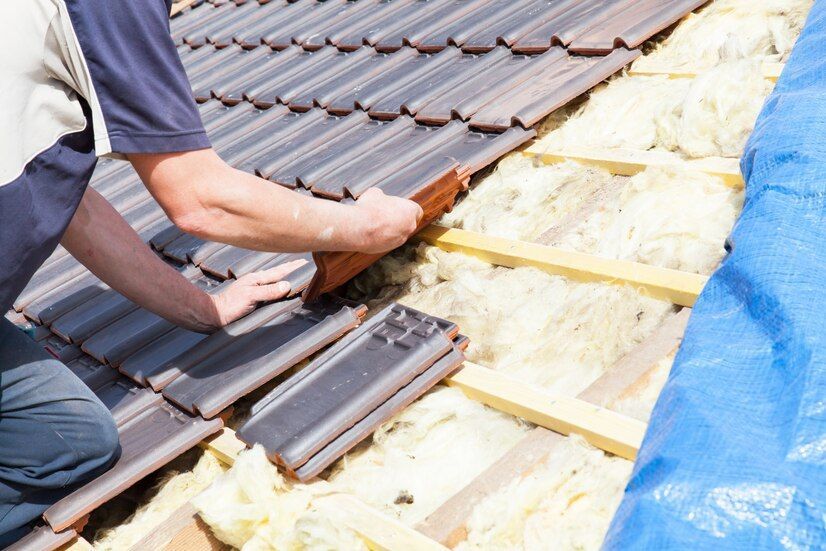
When it comes to roof replacement, weather isn’t just a backdrop—it’s a key player that can significantly influence your project timeline. From unexpected rain showers to blazing summer heat, the elements have a direct impact on when and how your new roof gets installed. Each type of weather presents its own set of challenges and opportunities, making it essential to understand how these factors can affect the overall duration and efficiency of your roofing job.
Navigating these weather-related hurdles can be tricky, but knowing what to expect can help you plan better and avoid delays. In this post, we’ll explore how different weather conditions can shape your roof replacement timeline and what you can do to stay on track.
How Rainfall Affects Your Roof Replacement Schedule
Rainfall can be a major disruptor when it comes to replacing your roof. Even a short, light rain can halt the process because roofing materials like shingles and underlayment need to be dry to ensure proper adhesion and effectiveness. Persistent rain introduces the risk of leaks and can compromise the structural integrity of your home if the existing roof is already in poor condition.
If a heavy rainstorm occurs, it might not only delay work but also lead to safety concerns for the crew. Adjusting your schedule to account for potential rain days is essential to avoid these issues. Contractors often keep an eye on weather forecasts to plan around rainy periods, but it's a good idea for homeowners to stay flexible and patient.
The Role of Temperature Extremes in Roofing Projects
Temperature extremes play a crucial role in roofing projects, impacting both the materials and the installation process. Understanding these effects helps in planning and executing a successful roof replacement.
- High Temperatures: Extreme heat can make roofing materials like asphalt shingles too soft, affecting their durability and making them difficult to install properly. This can lead to poor adhesion and a shorter lifespan of the roof.
- Cold Temperatures: Freezing temperatures can cause materials to become brittle and prone to cracking. Cold weather can also slow down the curing process of adhesives and sealants, leading to potential issues with the roof’s integrity.
- Temperature Fluctuations: Rapid changes in temperature can cause roofing materials to expand and contract, leading to stress and potential damage. This fluctuation can affect the fit and sealing of materials, increasing the risk of leaks.
- Installation Challenges: Extreme temperatures can make roofing work uncomfortable and challenging for installers. High heat or cold can slow down the work process and may require special equipment or techniques to ensure safety and quality.
- Material Selection: Choosing roofing materials designed to withstand temperature extremes can help mitigate potential issues. High-quality materials with temperature resistance properties ensure better performance and longevity despite harsh weather conditions.
By being aware of how temperature extremes impact your roofing project, you can better prepare and make informed decisions to ensure a successful outcome.
Windy Conditions and Their Impact on Roof Installation
Windy conditions can complicate roof installation significantly, posing risks and challenges that impact both safety and quality. High winds not only make it harder to handle materials but can also lead to project delays. Understanding these effects can help you better prepare for and manage a roofing project during gusty weather.
Material Handling Difficulties
Strong winds can significantly hinder the ability to maneuver and secure roofing materials. Workers must take extra precautions to prevent materials from being blown off course or damaged. This careful handling can lead to delays in the installation process as crews work to ensure precise placement and secure fastening.
Safety Risks for Workers
Windy conditions heighten the risk of accidents for roofing crews, including falls and injuries from flying debris. To mitigate these risks, contractors may need to implement additional safety measures, such as harnesses and protective barriers. In some cases, work may be temporarily halted to prioritize worker safety.
Potential for Material Damage
Winds can cause roofing materials to shift or become damaged during installation. Displaced or compromised materials might need to be replaced, leading to additional costs and extended timeframes. Ensuring that all materials are properly secured and intact can help prevent further issues and delays.
Debris Accumulation Issues
High winds can blow debris and dust onto newly installed roofing sections, which may affect the quality and integrity of the work. This accumulation necessitates extra cleaning and preparation to ensure that the roofing surface is free from contaminants and properly sealed, potentially prolonging the project.
Increased Installation Time
The challenges presented by windy conditions often result in a longer installation time. Adjustments to work practices, additional safety measures, and potential delays all contribute to an extended project timeline. Factoring in these potential delays can help you better plan and manage your roofing project.
Planning for Seasonal Weather Variations in Roofing
Planning your roof replacement around seasonal weather variations is crucial for a smooth project. Spring and fall often offer moderate temperatures and lower chances of extreme weather, making them ideal times for roofing work. Conversely, summer might bring heat and sudden storms, while winter can introduce snow and ice that complicate the process.
Understanding your local climate patterns helps you choose the best time for your project and allows you to prepare for potential weather-related challenges. By working with your contractor to schedule around seasonal conditions, you can minimize delays and ensure a more efficient roofing replacement.
How Humidity Influences Roofing Materials and Installation
Humidity is another weather factor that can affect your roofing project. High humidity levels can delay the curing of adhesives and sealants, making it harder for materials to bond properly. This can lead to issues like leaks or reduced durability of the new roof. Additionally, excessive moisture can lead to problems like mold or mildew growth on roofing materials, compromising their effectiveness.
On the flip side, very dry conditions can make materials too brittle or prone to cracking. Roofing professionals often adjust their techniques based on humidity levels to ensure that the installation proceeds smoothly. Keeping an eye on humidity forecasts helps you anticipate and manage these challenges.
The Effects of Snow and Ice on Roof Replacement Timelines
Snow and ice present significant obstacles for roof replacement projects. Accumulations of snow can make it difficult for workers to access the roof safely, and ice can create hazardous conditions that increase the risk of accidents. Moreover, snow and ice can delay work because they need to be removed before installation can proceed.
In colder climates, winter roof replacement projects often require extra preparation to ensure materials are handled and installed correctly despite the freezing conditions. Scheduling your project during a time when snow and ice are less likely to interfere can help avoid these complications and keep your project on track.
Adjusting Your Roof Replacement Plan for Unexpected Weather
Unexpected weather changes can significantly disrupt even the most meticulously planned roofing projects. Sudden storms, unseasonable temperature shifts, or extreme weather conditions can cause unforeseen delays and require immediate adjustments to your schedule. It’s essential to have a flexible plan in place and to maintain open communication with your roofing contractor throughout the project.
Experienced contractors often have contingency plans to address such weather-related disruptions, but being proactive and prepared for these potential changes can help you manage the situation more effectively. By staying informed about the weather and being adaptable, you can better navigate these challenges and keep your roof replacement project on track despite the unexpected.
How Long-Term Weather Forecasts Can Help You Prepare
Utilizing long-term weather forecasts is an effective way to prepare for your roof replacement. Extended forecasts provide insight into upcoming weather patterns, allowing you to anticipate potential delays and plan accordingly. For instance, knowing in advance about a predicted rainy season can help you schedule your project at a time when weather is more likely to be favorable.
Similarly, long-term forecasts can alert you to potential heat waves or cold snaps, enabling you to adjust your timeline or prepare for weather-related challenges. By incorporating weather predictions into your planning, you can reduce the likelihood of unexpected delays and ensure a smoother roofing process.
The Importance of Weather-Resistant Roofing Materials
Choosing weather-resistant roofing materials can make a significant difference in how your roof replacement withstands various weather conditions. Materials designed to resist moisture, extreme temperatures, and UV radiation help ensure that your roof performs well over time, despite the weather.
For instance, impact-resistant shingles can better handle hail or flying debris, while reflective coatings can help manage heat and UV damage. Investing in high-quality, weather-resistant materials might cost more upfront but can save you from future repairs and replacements, ensuring your roof remains reliable through all seasons.
Tips for Working with Your Roofer During Unpredictable Weather
Navigating roofing projects during unpredictable weather requires good communication and flexibility. Start by discussing potential weather-related issues with your contractor and setting clear expectations for how they will handle delays or interruptions. Ensure that both you and your contractor have contingency plans in place for adverse conditions, such as rescheduling or additional protective measures. Keeping an open line of communication allows you to stay informed about any changes or adjustments needed due to weather. By working closely with your roofer and being prepared for unpredictability, you can help ensure that your project progresses as smoothly as possible despite the weather challenges.
Understanding how weather affects your roof replacement timeline is crucial for a successful project. By anticipating and preparing for weather-related challenges, you can better manage delays and ensure a smoother installation process. Whether it's dealing with rain, temperature extremes, or unexpected conditions, a little foresight goes a long way in keeping your project on track and your home protected.
Ready to start your roof replacement with a team that understands the ins and outs of weather impacts? Contact Avalon Roofing Services today at (209) 380-1275 or via email at contact@avalonroofing209.com. Visit us at 114 Almond Ave, Manteca, CA 95337 to discuss your project and get expert advice tailored to your needs.

